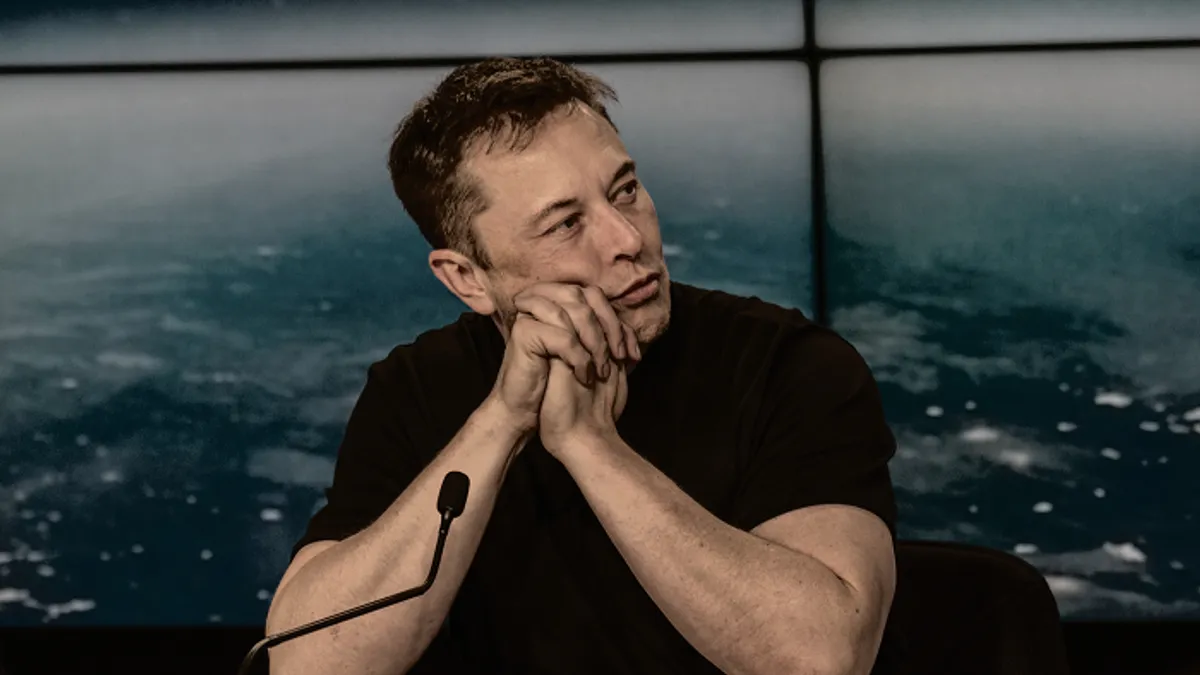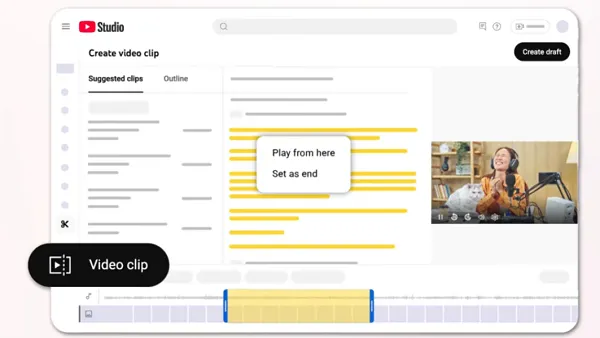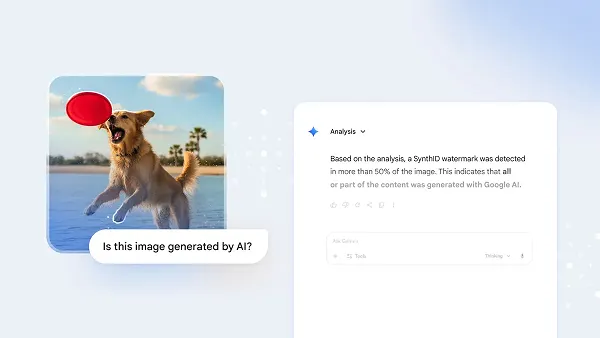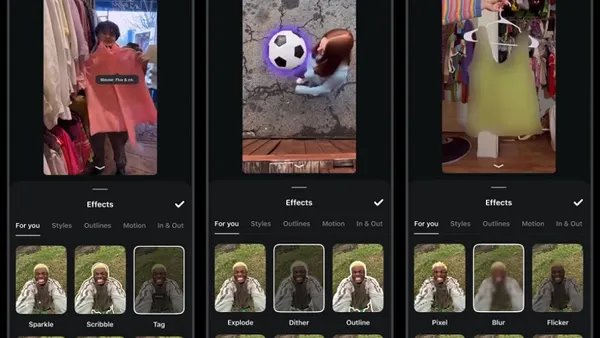Have you been seeing more interaction with your LinkedIn updates of late?
There's a reason for that - according to a new post on the LinkedIn Engineering blog, LinkedIn recently updated its algorithm to generate more engagement on each users' posts after it found that people weren't posting updates as often because the algorithm had too heavily emphasized content from top creators.
As explained by LinkedIn:
"More and more people are using the feed and giving feedback to their network’s posts: our members generate tens of millions of viral actions (likes, comments, and reshares), and the number is increasing more than 50% YoY. However, we found that these increases weren’t equally distributed. In fact, at the beginning of 2018, we were in danger of creating an economy where all the gains in viral actions accrued to the top 1% power users, while the majority of creators who don’t receive much feedback were receiving less than ever."
Indeed, LinkedIn says that as users saw less and less engagement, that lead to them posting fewer updates.
"Members who receive 10+ likes when they post are 17% more likely to post again the following week compared to members who post but don’t get any feedback."
Rather than simply letting that be, and letting the big players dominate LinkedIn feeds, LinkedIn's team sought to update the system to better distribute posts - which means more reach for your updates, and ideally more engagement (leading to even more reach).
It's not an easy problem to solve, as you don't want to penalize content that's popular, while you also don't want to lessen the user experience by giving increased distribution to unworthy posts. To tackle this, LinkedIn added in a new algorithm element which estimates "how much a user will appreciate getting feedback from a given viewer", which is now also applied when ranking posts.
As noted, it's an element that's difficult to quantify in data terms, but LinkedIn says that after much testing, the new process is working.
"We worried that we might see some declines in feed engagement that we would have to weigh against the benefits we were bringing to creators, but actually, this feature turned out to be win-win for both creators and feed viewers. Members like seeing more content from people they know."
The overall effect of the model, LinkedIn says, sees around 8% of the feedback being taken away from the top 0.1% of creators, and redistributed to the bottom 98%. LinkedIn says that those top users won't notice because they get so much engagement anyway, and their engagement levels have already increased more than the amount of loss on a year-over-year basis.
Since implementation, LinkedIn says it's seeing a more diverse range of content appearing in feeds, while creators are also returning to post again at a higher rate.
In practical terms, the impacts will vary, but it may be worth paying attention to your post metrics and seeing if there's any change in your distribution and response.
Could that make LinkedIn a more attractive platform for content distribution overall? That depends - incremental increases like this seem more designed to satiate a user desire for engagement, as opposed to reaching a wider audience, but if more reach begets more reach, through engagement with relevant content, it could be significant.
It's not likely to take you back to the first days of LinkedIn's Publishing Platform, where all your long-form posts got a heap of reach and engagement, but it is giving something back. Which is something no other platform is doing at the moment.
You can read the full details of LinkedIn's feed algorithm update here.










